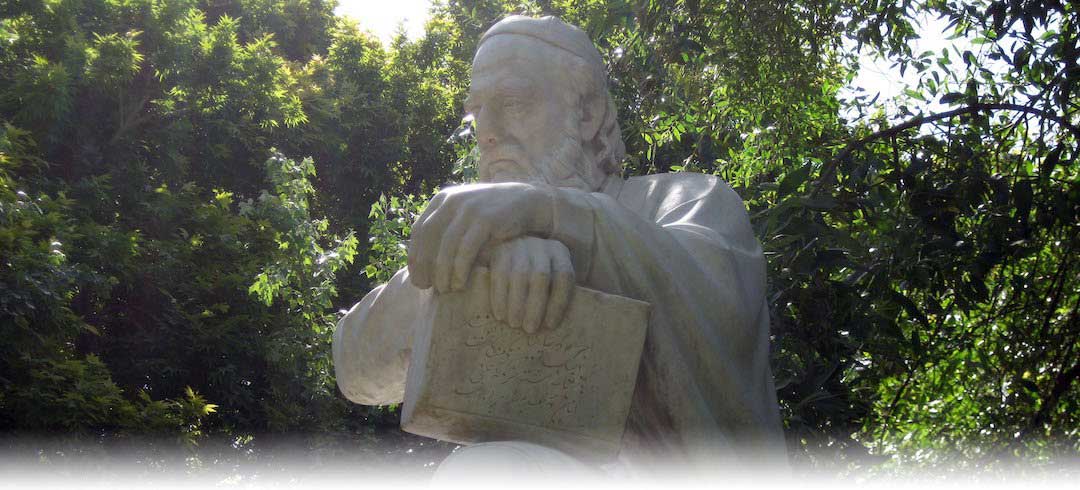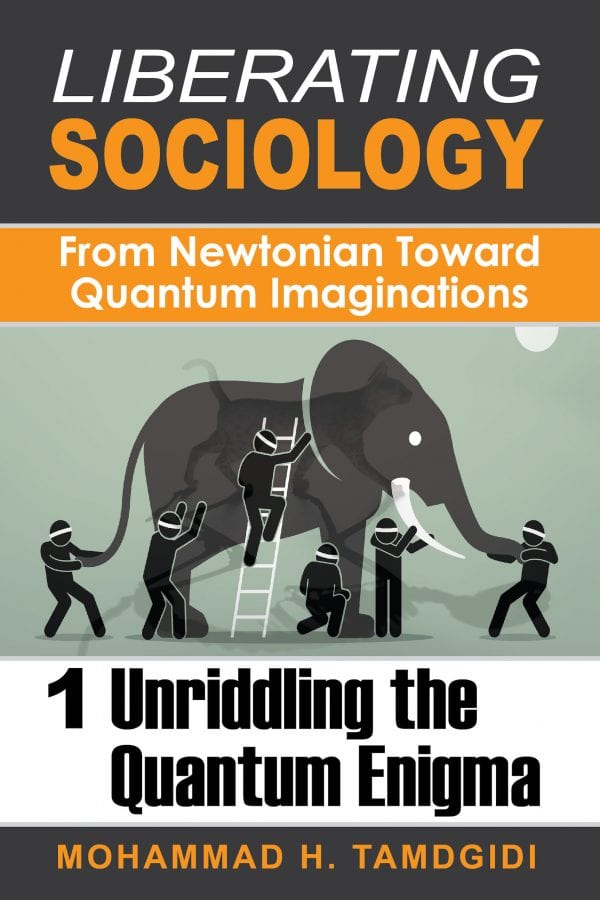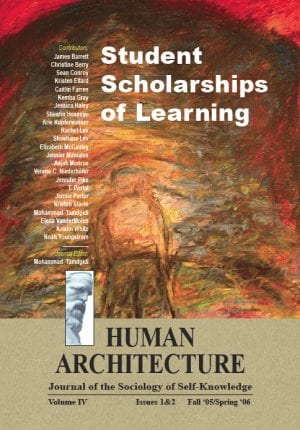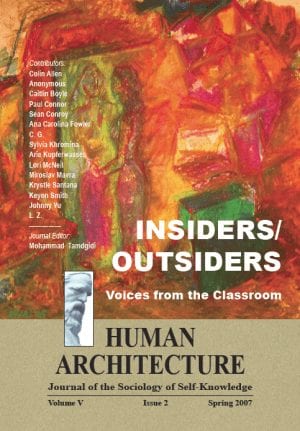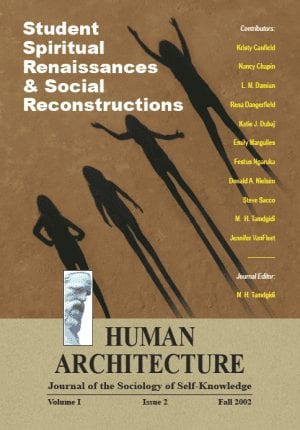Book Section: CHAPTER 7 — Relativistically Unriddling the Spooky Experiments Fleshing Out the Quantum Enigma’s Cat Gone Elephant: Revealing Other Interpretive Errors — by Mohammad H. Tamdgidi
$20.00
This is the seventh chapter of the first volume of the series, Liberating Sociology: From Newtonian to Quantum Imaginations, subtitled Unriddling the Quantum Enigma, by Mohammad H. Tamdgidi. In this chapter titled “Relativistically Unriddling the Spooky Experiments Fleshing Out the Quantum Enigma’s Cat Gone Elephant: Revealing Other Interpretive Errors,” the author tries to unriddle the various experimental expressions of the so-called quantum enigma from a relativistic point of view as introduced in the previous chapter of the volume.
Description
Abstract
This is the seventh chapter of the first volume of the series, Liberating Sociology: From Newtonian to Quantum Imaginations, subtitled Unriddling the Quantum Enigma, by Mohammad H. Tamdgidi. In this chapter titled “Relativistically Unriddling the Spooky Experiments Fleshing Out the Quantum Enigma’s Cat Gone Elephant: Revealing Other Interpretive Errors,” the author tries to unriddle the various experimental expressions of the so-called quantum enigma from a relativistic point of view as introduced in the previous chapter of the volume.
If the false narrative “wave-particle duality of light” is regarded as the skeleton of the cat of the quantum enigma gone elephant, the spooky quantum experiments expressing the enigma have maintained its flesh: the double-slit experiment its nose gone trunk, the quantum entanglement experiment its ears gone large, the delayed-choice experiment its whiskers gone tusks, the “reality escalator” thought experiment its body, legs, and tail gone tall, and the Schrödinger’s Cat Paradox its life gone alive and/or dead.
Tamdgidi argues that various actual and/or thought experiments that have become fashionable for displaying the so-called quantum enigma and its spookiness are, in essence, different ways of conducting the same experiment. In the double-slit experiment, a “particle” is split by passing through two slits as a wave. In the quantum entanglement experiment, two “particles” are entangled, or doubled-up, so to speak, and their behaviors examined. In the delayed experiment a “particle” is split by a “beam-splitter” and a second quickly removable one, allowing for a delayed “observation” (or not) and delayed collapse (or not) of an interference pattern. In the “reality escalator” thought experiment, we also confront a dualism between a “still-Newtonian” real world “above” and what is a quantum world “below” comprised of probabilistically unreal objects, so we end up with the enigma of how a real world arises from a world in which things seem to be unreal. In the Schrödinger Cat thought experiment, a cat placed in a box with a probabilistic radioactive trigger to release (or not) poisoned food is enigmatically presumed to be both dead and alive when not observed, while our efforts at observing it itself changes the situation to become one in which it is found to be either dead or alive.
In the first section of this chapter, Tamdgidi focuses on the double-slit experiment (while also contrasting it with the photoelectric effect experiment, as it has been usually done); the double-slit experiment has been regarded as one ushering the so-called quantum enigma and expressing it in a nutshell. Tamdgidi uses his relativistic interpretation not only to unriddle the enigma, but also to show in the process other epistemological errors that have contributed to the enigma, illustrating why the enigma should in fact be more properly called a Newtonian, and not a quantum, enigma.
In a second section, he argues that the same relativistic interpretation also resolves the quantum entanglement enigma referred to by Einstein as displaying the so-called “spooky action from a distance”; Tamdgidi proposes that the enigma can be explained by considering the “distance” alluded to as being in fact not a distance at all of two separate entities but the behavior of the same (now unified) entangled object stretched spatiotemporally in relativistic terms.
In a following third section, the author shows that the same relativistic interpretive approach can unriddle the so-called delayed choice experiment, which is basically a modified form of the double-slit experiment.
Tamdgidi’s unriddling effort is then directed, in the fourth section of the chapter, at interpreting the so-called “two levels of reality” enigma as expressed in the “reality escalator” thought experiment. The relativistic interpretation unriddles the enigma of the “two levels” of reality, operating under two seemingly irreconcilable, separate, and independent laws of motion, a macroscopic reality allegedly subject to a relativity-corrected Newtonian worldview, and a microscopic reality operating according to a seemingly different worldview expressed by the most successful theory called quantum mechanics.
In a follow-up fifth section, Tamdgidi shows how the relativistic interpretation helps us demystify the so-called Schrödinger Cat Paradox, a thought experiment that, because it is purely a thought experiment, has been afflicted with its own set of fantastic interpretive errors to exoticize the story. He shows how the cat morphed to become an elephant in the room.
Tamdgidi also shows how all the discovered epistemological errors have contributed to such an enigmatic Newtonian splitting of the macroscopic and microscopic levels. His interpretation incorporates and integrates elements from the historical analysis already undertaken in previous chapters, and elements newly introduced in the unriddling effort in this chapter. The result of the unriddling of the “two levels” of reality may still sounds strange, but it will not be enigmatic in the sense of remaining an unsolved puzzle. For, Tamdgidi shows that our error in seeing reality dualistically in terms of the “two levels” has common roots with Einstein’s biggest yet of blunders, that is, the blunder of the so-called “wave-particle duality of light” originating in the first of his 1905 miracle year papers, preceding his third 1905 paper on relativity. However, it turns out that, as is the case with any blunder Einstein made amid his growing fame, even his blunders are explained by his own wonderful insights.
Tamdgidi demonstrates that it is possible to interpret the dualism of “levels” being connected by escalators (or elevators) in a way that unifies as its folds the same one reality, where they relate to one another in terms of the nonreductive dialectics of whole and part. He shows that in fact the distinction of quantum versus (relativity-corrected) Newtonian visions is itself a binary that can be transcended in favor of a synthesis that unifies their truths, acknowledging their distinctions while discarding their dualistic separations. Then, liberating our visions, our physics, our sociologies, from Newtonian toward quantum imaginations would not mean that of moving across a binary from A to non-A, but from a narrower, spatiotemporally local vision of quantum reality to a broader, spread-out, vision of the same.
Recommended Citation
Tamdgidi, Mohammad H. 2020. “CHAPTER 7 — Relativistically Unriddling the Spooky Experiments Fleshing Out the Quantum Enigma’s Cat Gone Elephant: Revealing Other Interpretive Errors.” Pp. 369-472 in Liberating Sociology: From Newtonian Toward Quantum Imaginations: Volume 1: Unriddling the Quantum Enigma. (Human Architecture: Journal of the Sociology of Self-Knowledge: Vol. XIII, Issue 1, 2020.) Belmont, MA: Okcir Press (an imprint of Ahead Publishing House).
The various editions of the volume of which this chapter is a part can be ordered from the Okcir Store and all major online bookstores worldwide (such as Amazon, Barnes&Noble, and others).
Read the Above Publication Online
To read the above publication online, you need to be logged in as an OKCIR Library member with a valid access. In that case just click on the large PDF icon below to access the publication. Make sure you refresh your browser page after logging in.
